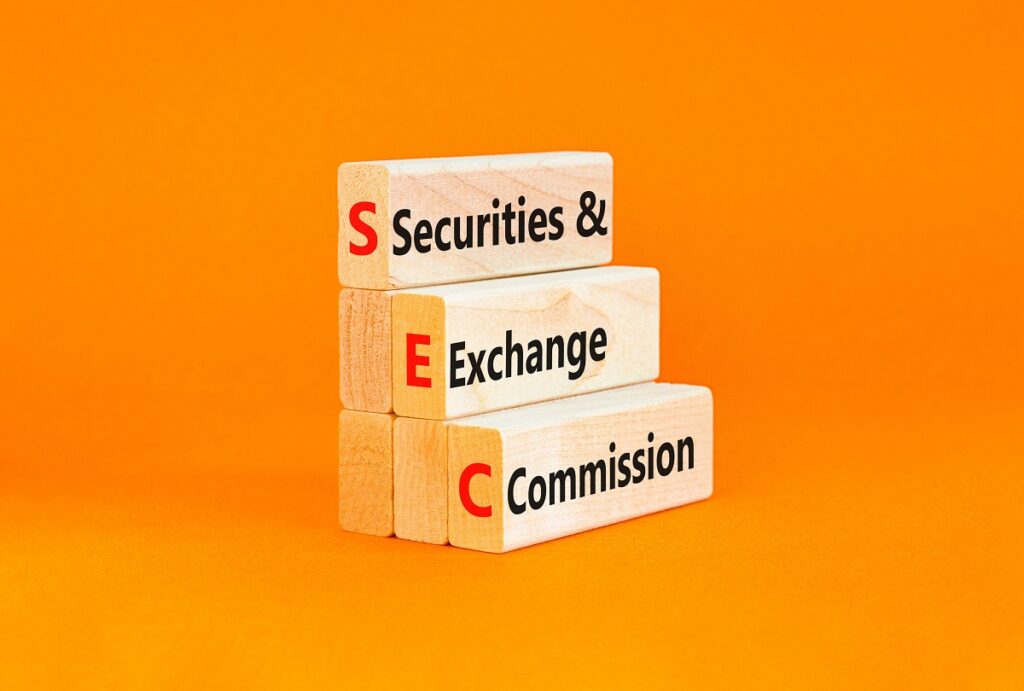Source: www.darkreading.com – Author: Sivan Tehila, CEO & Founder, Onyxia Cyber
Recent headlines have cast a spotlight on the evolving nature of cyber threats and their ripple effects across industries, accentuating the value of sensitive information in the modern threat landscape. The seismic SolarWinds attack, a supply-chain breach with widespread ramifications, underscores the transformation in hackers’ motivations — transitioning from a singular pursuit of financial gain to a more targeted interest in data.
The Securities and Exchange Commission (SEC) recently issued a Wells Notice to SolarWinds executives, a move that signifies a profound shift in accountability. Notably, this communication of potential legal action was not limited to the conventional targets of CEOs and CFOs, but included an explicit reference to the SolarWinds chief information security officer. Following this unprecedented move, the SEC unveiled a landmark ruling on cybersecurity disclosure requirements for public companies.
In the wake of the SEC’s new cybersecurity regulations, CISOs are facing a pivotal shift in their responsibilities, including, but not limited to, board reporting at the executive level. These regulations have underscored the critical role of CISOs in not only safeguarding digital assets but also in ensuring transparent and effective communication with the board, highlighting the need for a strategic and comprehensive approach to cybersecurity risk management that aligns with the organization’s overall business objectives.
SEC’s Regulatory Evolution: Charting the Course for Cybersecurity Governance
The SEC’s latest regulatory amendment marks a pivotal moment in the realm of cybersecurity governance within publicly traded companies. With this new mandate, companies are now obligated to swiftly disclose incidents related to cybersecurity breaches and articulate their risk management strategies — a disclosure window limited to just four days. A key part of this directive is the emphasis on integrating ongoing discussions concerning cybersecurity risks within boardroom deliberations. This directive, in turn, necessitates the inclusion of a board member with substantial expertise in the realm of cybersecurity — an acknowledgment of the paramount importance of digital security.
Effectively translating the intricate nuances of cybersecurity to a boardroom comprising predominantly finance and technology professionals presents a unique challenge. Here, the role of the CISO comes to the fore as a critical bridge-builder. From the CISO perspective, those who hold this role are well aware of the indispensable responsibility we hold in aligning cybersecurity initiatives with broader business objectives. Beyond averting data breaches and financial loss, this alignment is instrumental in safeguarding the company’s reputation — and is achieved through the adoption of tailored key performance indicators (KPIs) that resonate with both the security team and the board, offering a shared language that fosters comprehensive understanding.
Accountability in the Aftermath: Navigating Breach Consequences
As exemplified by the recent SolarWinds and Uber incidents, accountability for cybersecurity leaders is on the rise. In order for CISOs to proactively protect against future incidents and communicate potential risks at the board level, CISOs must have the tools necessary to make these data-driven decisions in the most efficient way.
In the unfortunate event of a breach, the SEC’s new regulations dictate that companies are held accountable for the accuracy and completeness of their disclosures. This shift places a significant burden on CISOs, who must ensure that breach-related disclosures are comprehensive, timely, and accurately represent the gravity of a particular incident.
The evolving role of the CISO is at the forefront of this regulatory transformation. Cybersecurity executives must now grapple with the intricate balance of effective risk management, transparent reporting, and ensuring the organization’s security posture remains resilient. As the ramifications of the SEC’s proposal ripple across various industries, it underscores the pressing need for robust performance management solutions at the board level and signals a pivotal shift in the role of CISOs within the rapidly evolving cyber terrain.
Bridging the Gap: How CISOs Can Comply While Combating Real-Time Threats
These rules have sparked a fundamental reevaluation of how CISOs quantify, assess, and address cybersecurity risks. This could lead to the widespread adoption of more agile and comprehensive solutions that enable real-time monitoring, optimized incident response strategies, and robust reporting capabilities in order to align with the SEC’s guidelines.
As the evolving regulatory landscape requires security professionals to stay proactive to ensure compliance, they require more proactive tools to assist them in their work. Key considerations for CISOs should include:
- Materiality assessment: Develop a clear framework for evaluating the “materiality” of cybersecurity incidents, as stated in the regulatory text, and understanding their potential impact on the organization’s financial and operational landscape.
- Timely reporting: Establish streamlined processes to promptly report incidents within the stipulated four-day time frame while ensuring that the reported information is accurate and comprehensive.
- Board engagement: Strengthen board oversight and collaboration in cybersecurity matters. Define roles, responsibilities, and reporting mechanisms to facilitate CISO and executive alignment when it comes to effective communication and decision-making.
- Holistic security: Embrace a holistic cybersecurity approach that streamlines a security team’s overview of its technology, processes, and executives to effectively manage risks and respond to incidents.
Having access to their real-time program data presented with performance trends, benchmarking metrics, and automated reporting would significantly reduce the burden on CISOs as they work to comply with these new standards. New cybersecurity performance and program assessment technologies can bridge the gap, enabling CISOs to make data-driven decisions with actionable insights, see a fuller picture of where improvements are necessary, and communicate the overall status of their programs with ease.
The SEC’s cybersecurity regulations herald a new era of transparency and accountability in the face of escalating industry vulnerabilities. With businesses navigating these uncharted waters, the role of CISOs takes on an added significance, as security leaders work to recalibrate their strategies, engage with innovative solutions, and steer their organizations toward compliance and resilient security postures.
Original Post URL: https://www.darkreading.com/risk/hot-seat-ciso-accountability-in-new-era-of-sec-regulation
Category & Tags: –
Views: 0




















































